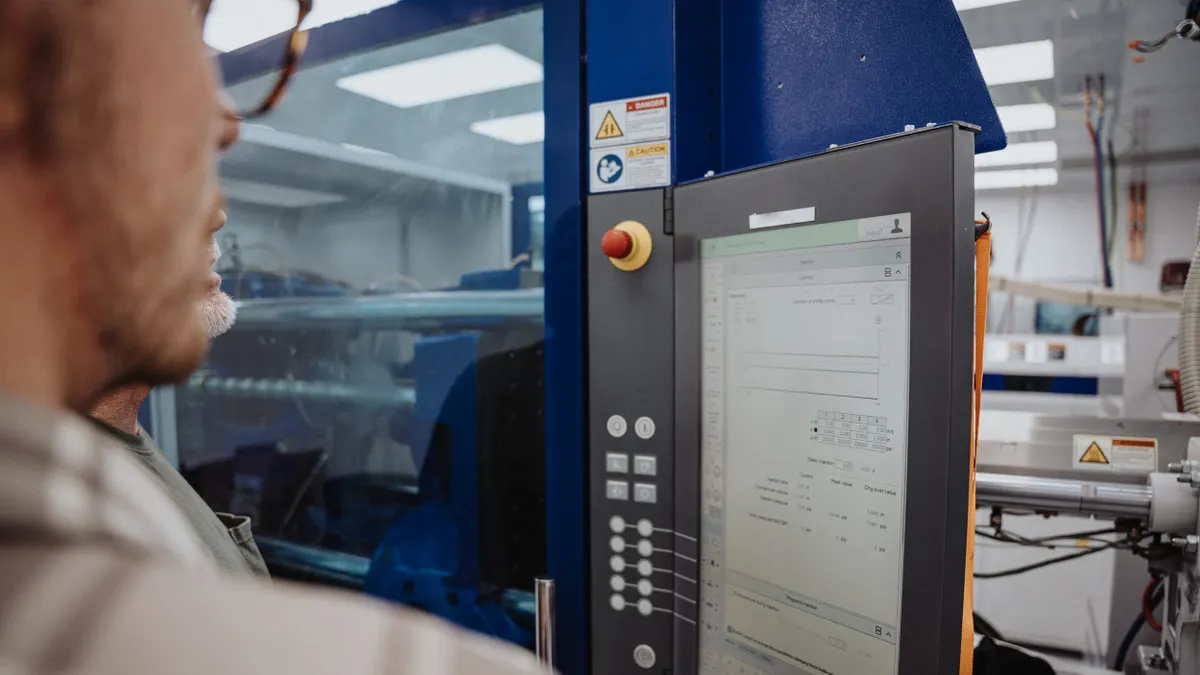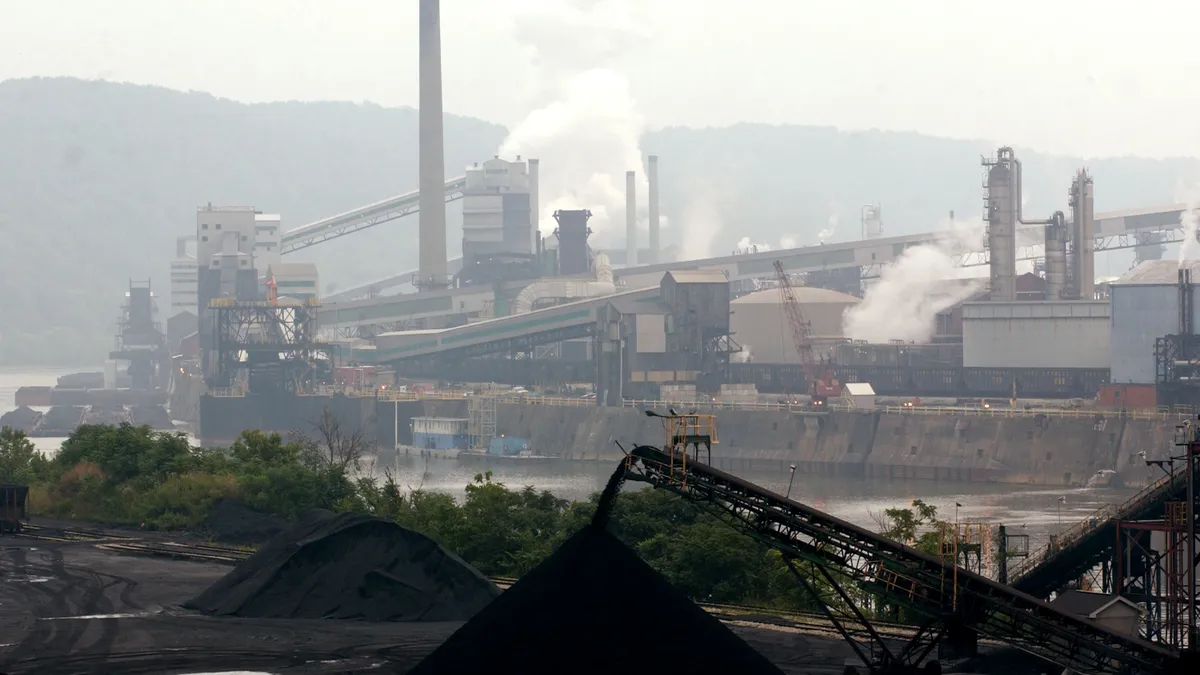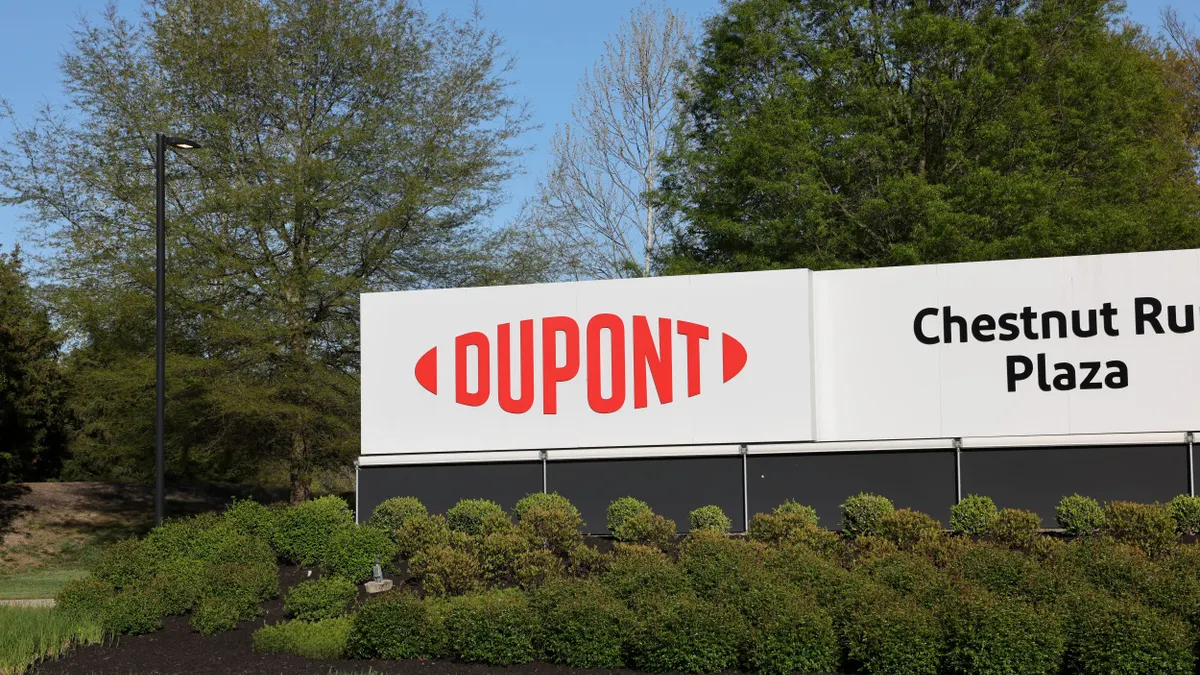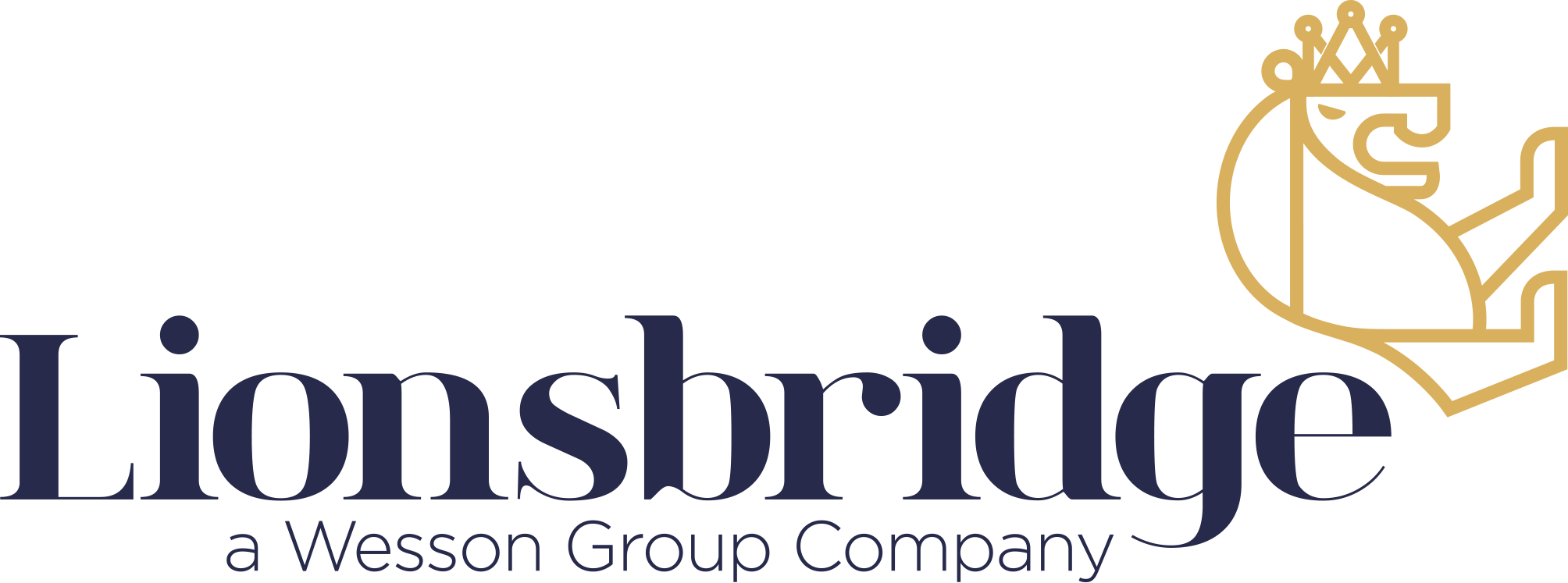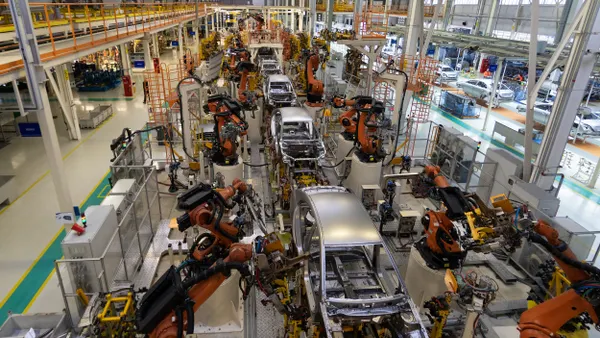Industrial M&A activity may have gotten off to a bumpy start in 2025, due to tariffs and other factors, but experts say deals in the sector are increasing with significant potential in the years ahead.
Private equity firms are sitting on long-held portfolio companies and untapped capital, strategic buyers are looking to appease investors’ growth expectations, aging business owners are looking for exit plans and domestic manufacturing is receiving renewed interest as global supply chains become more complex.
Despite these factors, the year began with a slower start for industrial M&A. A recent PMCF report found that activity was down in the United States during Q2 as well as globally, with year-over-year drops of more than 7% and 8%, respectively. Similarly, a KPMG report found that industrial M&A deal volumes were down 11.4% in Q2 from the prior quarter, though deal value was up year over year. KPMG also found that private equity deal value was down 46.5% from the prior quarter.
While President Donald Trump had long previewed tariffs, the speed and scope of policy changes initially affected the broader M&A market and gave certain sellers a reason to pause.
Andrew Petryk, a senior managing director and head of industrials at Browns, Gibbon, Lang & Co., said if companies hadn’t launched a sale process earlier in the year they were more apt to hold as these changes played out. However, deals that were already in progress continued to move.
“It maybe extended the timeframe for some transactions, but it hasn't killed them or forced us to put deals up on the shelf. It has caused us to put a pause on some of our transactions and bringing them to market,” he said, speaking about conditions earlier in the year.
KPMG’s report noted that aerospace and defense deals were notably down earlier in the year, while sectors such as automotive continued to be active. Overall, the firm’s experts are seeing industrial companies adapt to the new landscape.
“They've gotten comfortable enough that this is an environment that they can operate in and do deals in. I don't know that they're fully comfortable that they can really forecast everything,” said Todd Dubner, a principal and deal advisory and strategy leader for industrial manufacturing at KPMG US. “But that's not dissuading them from starting down the deal path.”
As the market adjusts to this regulatory shift, experts are also seeing tariffs and the push for federal domestic manufacturing begin to drive certain deal plans. Ellen Clark, a managing director at PMCF who co-leads the firm’s industrials team, said many companies consider acquiring an existing operation in the U.S. to be a less risky and more direct path than building a new plant.
“I’m having more of those conversations again where foreign companies are calling and talking about their acquisition strategies [and asking if] we have companies, and do we want to represent them on the buy side,” said Clark. “The same thesis we had a year ago is still relevant, which is tariffs mean that you're better off having a foothold in the U.S.”
Clark said M&A ripple effects are also occurring in sectors that support domestic manufacturing, such as HVAC, janitorial and facilities management.
Bruce Work, a partner in the private equity practice at Efeso Management Consultants, said he’s also seeing heightened interest in acquisitions as companies that once moved certain operations to Asia are now trying to bring them back stateside.
“We've seen mattress manufacturers, outdoor grill manufacturers, we've seen medical device companies bringing back manufacturing to the states and then investing in it here, and then looking for bolt-ons,” he said. “I believe that trend will continue and become more vigorous even over the next couple of years.”
Seller dynamics
Depending on the industry, numerous factors could drive M&A activity, and private equity funds are top of mind.
This summer, PitchBook estimated that private equity firms may have around $1 trillion in dry powder, referring to unspent funds, across multiple sectors. A March report from Bain & Co. said the share of aging dry powder has increased in recent years, and it estimated there were 29,000 unsold companies sitting with private equity investors.
“Companies are sitting on assets a lot longer than they historically did or planned to. So you've got a lot of long-in-the-tooth investments,” said Work. In some cases, private equity firms may look at ways to increase their value by driving additional operational or strategy changes, or in other cases they may decide it’s time to sell.
“In the last 90 days, the number of requests that we've had to perform operational due diligences has ballooned,” said Work, speaking in early October. This indicates the potential for new transactions to occur late in Q4 or early next year. Work said that tariffs have especially driven interest in industrial machinery as well as food and beverage companies.
One trend in private equity has been continuation funds, in which current owners double down on their investments or bring in new partners. But Petryk said he’s hearing more pressure from investors who want to see a return on their investments. That factor, combined with long-held investments and the rise of new private equity firms that want investment opportunities, is creating a ripe environment for M&A.
“This dynamic, at least from our perspective, can't continue forever. There's already many, many long-held assets in the portfolios of these private equity firms, and at some point they have to be brought to market,” he said.
Petryk said that despite uncertainty around tariffs, and a period of higher interest, this dynamic has created what BGL refers to as a “scarcity premium” for the right businesses.
“When quality assets do come to market they get a lot of attention, and we're getting very aggressive valuations for those businesses,” he said.
A recent report from the Travelers Institute found that 92% of recent transactions among surveyed executives in multiple sectors involved private equity, and its role is continuing to grow.
Another factor driving deals is a trend among large companies, sometimes referred to as strategics, to focus their business plans via divestitures. This trend has been evident in the packaging sector lately, among others.
“There's this conglomerate breakup that's going on. The notion of a conglomerate discount has been well understood for a while, but I think the realization of how much value is being created by these divestitures is real and is motivating a lot of these subsequent transactions,” said Dubner, projecting this will be a “major trend” in the coming years. This could also include spin-offs where large public companies may split into separate entities.
Another evergreen category of sellers is smaller, private businesses that may not have a clear succession plan as their owners age into retirement. Clark said private equity and strategics can both be possible acquirers for these middle-market companies.
In many cases, she’s seeing buyers willing to pay well for quality assets. Though in some cases it may be harder to attract a buyer for what are considered lower-value assets. Those are cases where Clark said it’s especially worthwhile for businesses to start talking with advisers about their options multiple years before they intend to sell.
“Where are the weaknesses, and how do you shore up those weaknesses? Is it that you don't have the right management team in place, you don't have the right systems in place, whatever it may be? Or you're too heavily concentrated in one market or one customer?” she said. “What can you do in that timeframe between now and when you want to sell to improve your lie from a transaction value perspective?”
Brian Gerritsen, assistant vice president and manufacturing segment leader at Travelers Insurance, similarly advised companies on both sides of deals to start planning early for risk management considerations before a transaction. He said this can help both parties involved get the best information possible about their respective insurance factors and risks.
“Our advice to these two business owners is get your insurance agent and brokers in the deal as soon as you can ... even if it's under an NDA, so they can start working with you on what that risk management transition looks like,” he said. “Because property, products liability, employee safety — which is the most critical — is going to be really important through that transition.”
A Travelers survey found 95% of executives gained a better understanding of risk management factors following a transaction. Risk management evaluations may include assessing the respective risks of older equipment or more complex automated systems, as well as regional weather risks, integration planning and supply chain factors.
“Don't lose sight on your broader supply chain resilience, even if you're vertically integrating,” Gerritsen said. “Make sure you still have that worst case scenario backup plan. Because that supplier that is now in the family, they geographically might not be right next door to you, and they may have issues as well.”
Looking ahead
With multiple interest rate cuts occurring this year, and companies adjusting to the new regulatory landscape, M&A professionals see plenty of runway ahead.
“We're really bullish on ‘26. We were bullish on ‘25, but there was a lot of noise this year,” said Clark. She added that as long as interest rates continue to trend down and there aren’t any significant surprises, then “‘26 and even ‘27 should be really strong from an industrial manufacturing M&A perspective.”
KPMG recently reported that PE deal volume could be on track to reach a four-year high in Q4. Dubner said the firm has received increased interest from clients about domestic manufacturing consultation, including potential acquisitions. When it comes to PE exits, he also said initial public offerings could become a more popular option due to the interest rate and regulatory environment.
“IPO is a likely window that's going to open. We're preparing for that to open soon,” said KPMG’s Dubner, speaking in late September.
He also expects to see more activity from larger strategic buyers.
“The corporate buyers [got] much more active in the last quarter or so at looking at what's on the horizon for the next transformative deal,” he said.
Petryk similarly expects to see more deals ahead as inbound requests from strategics are “accelerating.” This is driven by companies with plenty of cash on hand as well as pressure from investors to go beyond organic growth rates, he said.
“If you're competing against the company that just did a $10-billion acquisition, you're going to look long and hard to find a $10-billion acquisition yourself,” he said.
Overall, deal advisors and consultants are preparing to be busy in the years ahead.
“I think it's going to be a hot M&A market. We're going to have private equity battling with strategics and strategics battling with private equity. And that's going to mean great things for sellers,” said Petryk. “It's not a matter of if the M&A markets are going to really kick into high gear here in the relatively near future, but it's a matter of when.”










